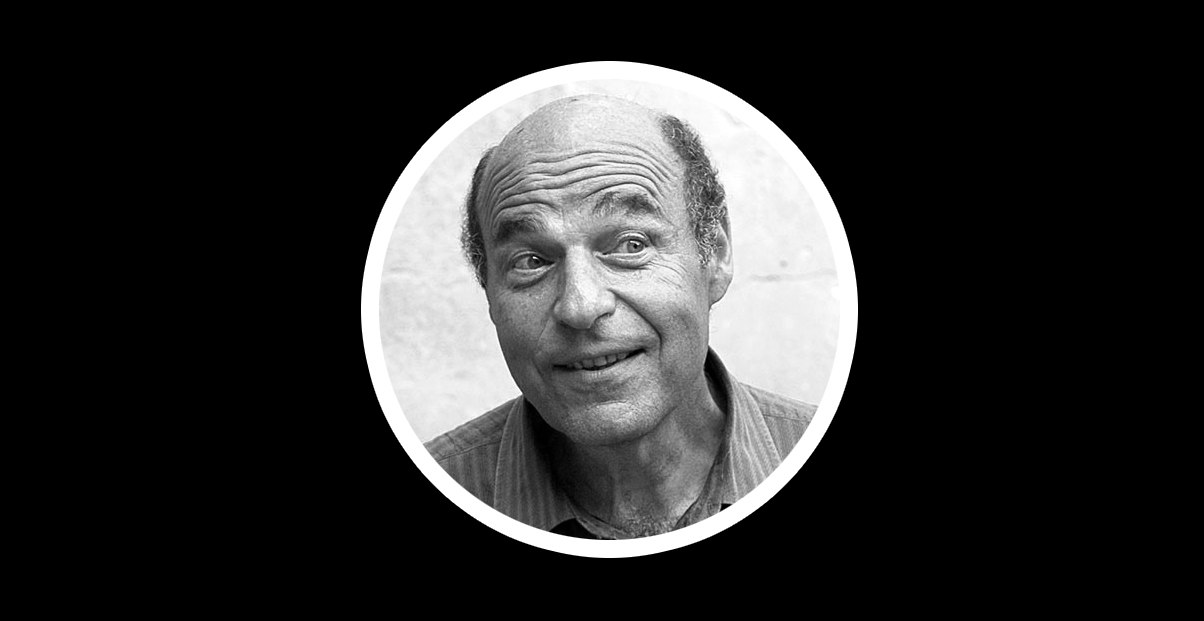In memory of Jean-Louis Cohen
Marina Khrustaleva – about Jean-Louis Cohen (20.07.1949-7.08.2023), French architect and architectural historian that specialized in modern architecture and city planning.


Written by:
Marina Khrustaleva
Translated by:
Anton Mizonov

